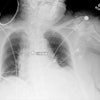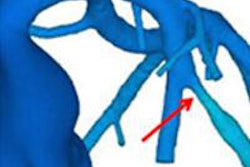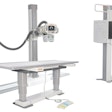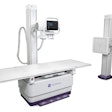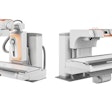Tuesday, December 3 | 12:45 p.m.-1:15 p.m. | LL-MKS-TU2B | Lakeside Learning Center
A skeletal survey is a useful imaging tool for the initial staging of multiple myeloma, particularly in countries where MR resources are limited, U.K. researchers will report in this presentation.In their study, skeletal surveys were performed regionally during a three-year period and then reviewed. Additional imaging (MR or CT) was performed within 12 months of the skeletal survey.
In total, 419 skeletal surveys were requested and 358 were performed for possible multiple myeloma. Of the 358 patients, 203 were diagnosed with multiple myeloma on clinical parameters, and 69 were diagnosed with monoclonal gammopathy of undetermined significance (MGUS). Less than half (47%) of the skeletal surveys were positive in multiple myeloma patients, and 7% were positive in those with MGUS.
Positive skeletal survey findings in those with multiple myeloma were confirmed with further imaging in 72%; 51% of negative skeletal surveys also were confirmed with further imaging.
The sensitivity and specificity of the skeletal survey in multiple myeloma were 85.7% and 87.9%, respectively, with a positive predictive value of 89.7% and a negative predictive value of 83.3%.
The skeletal survey remains a useful imaging modality for initial staging in multiple myeloma, Surekha Reddy and colleagues concluded. Also, due to the older population affected by multiple myeloma and the high mortality rate, the radiation doses associated with the skeletal survey are of less clinical concern.


